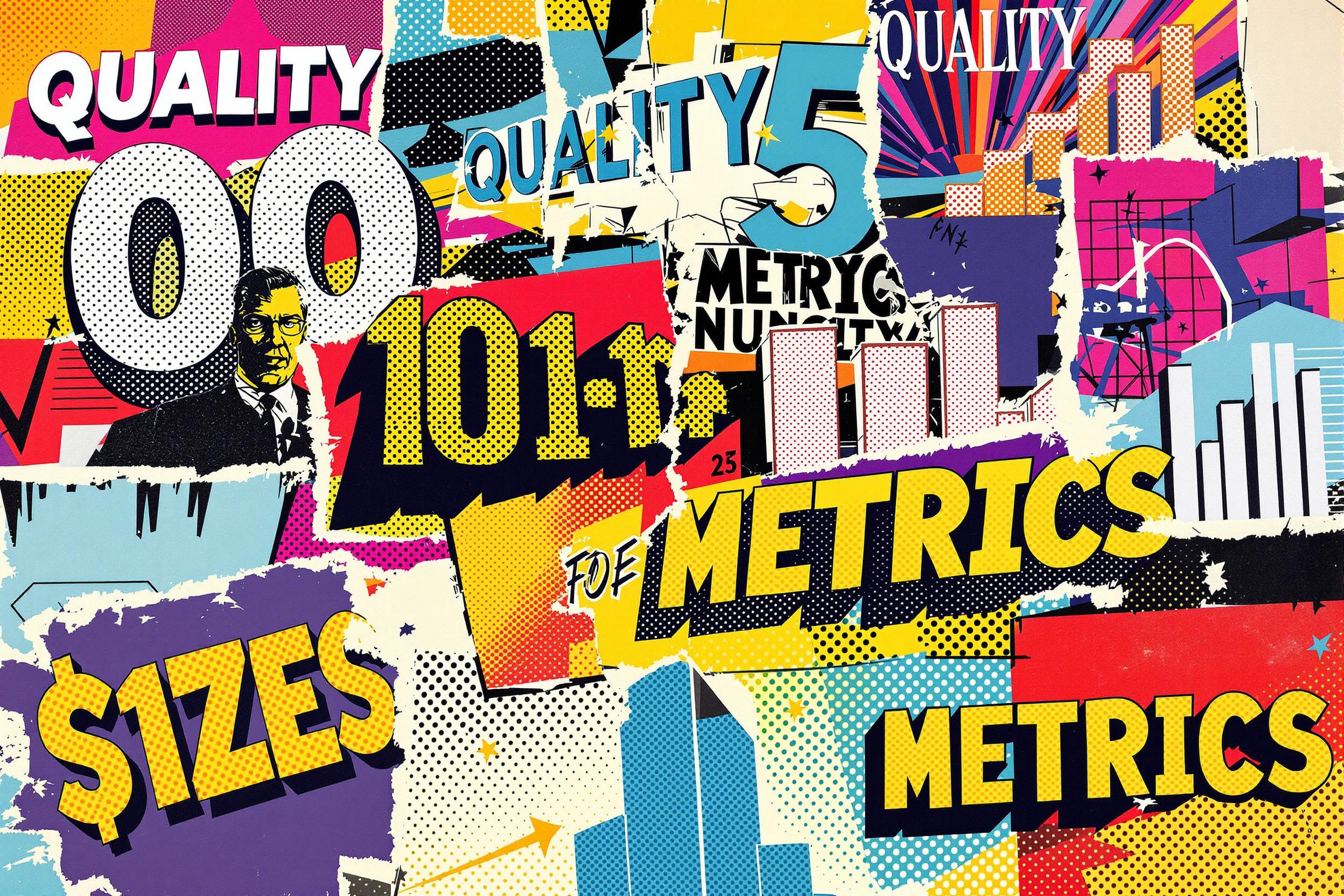
Chi-Square
Chi-Square is a basic but important statistical method that data analysts use to understand if there are meaningful connections between different types of information. Think of it like a tool that helps determine if patterns in data are real or just happened by chance. For example, it can help figure out if customer age groups really affect buying habits, or if it's just random. When you see this on a resume, it shows that the candidate knows how to properly test relationships in data and make reliable business decisions. You might also see it written as "Chi-Square Test," "χ2 Test," or "Chi-Squared Analysis."
Examples in Resumes
Applied Chi-Square analysis to identify key factors influencing customer purchase decisions
Used Chi-Square Test to validate marketing campaign effectiveness across different demographic groups
Conducted χ2 statistical analysis to optimize product placement strategies
Typical job title: "Data Analysts"
Also try searching for:
Where to Find Data Analysts
Online Communities
Professional Networks
Learning Resources
Example Interview Questions
Senior Level Questions
Q: How would you explain Chi-Square test results to non-technical stakeholders?
Expected Answer: A senior analyst should be able to translate statistical findings into clear business insights, explain confidence levels in plain language, and provide actionable recommendations based on the results.
Q: When would you choose Chi-Square over other statistical methods?
Expected Answer: Should demonstrate understanding of appropriate use cases, limitations, and alternatives to Chi-Square tests, with real-world examples from business contexts.
Mid Level Questions
Q: What assumptions need to be checked before performing a Chi-Square test?
Expected Answer: Should explain basic requirements like sample size, independent observations, and categorical data in simple terms, with examples of when the test might not be appropriate.
Q: How do you interpret Chi-Square test results?
Expected Answer: Should be able to explain p-values, degrees of freedom, and statistical significance in business-friendly terms, focusing on practical implications.
Junior Level Questions
Q: What is the basic purpose of a Chi-Square test?
Expected Answer: Should explain that it's used to determine if there's a significant relationship between categorical variables, using simple examples like customer demographics and purchase behavior.
Q: What tools do you use to perform Chi-Square analysis?
Expected Answer: Should mention common statistical software like Excel, SPSS, or R, and demonstrate basic understanding of how to run and read the test results.
Experience Level Indicators
Junior (0-2 years)
- Basic statistical testing
- Data collection and cleaning
- Simple data analysis tools usage
- Basic result interpretation
Mid (2-5 years)
- Advanced statistical analysis
- Multiple testing methods
- Results visualization
- Business recommendations from data
Senior (5+ years)
- Complex statistical modeling
- Strategic data analysis
- Team leadership and training
- Stakeholder communication
Red Flags to Watch For
- Unable to explain when Chi-Square tests are appropriate
- Lack of experience with basic statistical software
- Cannot interpret p-values or significance levels
- No understanding of data collection methods
Related Terms
Need more hiring wisdom? Check these out...

Diversify Your Interview Panels: Unleashing the Power of Inclusive Hiring

The Cryptic Secrets of Data-Driven HR: Metrics that Actually Matter (and Some That Might Make You Laugh)

Cracking the Code: Real Strategies to Diversify Tech Hiring

